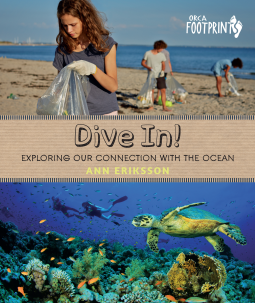Little Learning Labs: Unofficial Minecraft for Kids by John Miller and Chris Fornell Scott is a nonfiction book for children, but more so their adults. Balancing screen time can be difficult, especially when it comes to wildly popular, open-ended video games like Minecraft. Minecraft offers players an environment focused on exploration, imagination, and creation, but its nonlinear game structure can mean spending a lot of time in the game. The book by covering some common Minecraft language and examining each of the four game modes: survival, creative, adventure, and spectator. Then readers can use that information in the six different quests that encourage child and adult participation. The quests offer rewards as readers complete quests. Instruction includes how to screencast and narrate your own videos to share with family and friends.
Little Learning Labs: Unofficial Minecraft for Kids is a good resource for families that want a better understanding of Minecraft, want to learn and grow together, and want to make the most of the skills and entertainment that Minecraft can offer. I like that Minecraft is explained well, neither talking down to the reader or expecting too much prior knowledge. Sometimes it is hard to walk that line, fully explaining without being condescending. The information and tasks are well explained, and easy to follow. I really like how the book offers so many opportunities for non-screen based time, and time together as a family or a team. The marshmallow catapult, sugar cube building, and shadow puppet projects were among my favorite, and I think would be a hit even without the Minecraft tie in. Many pages also offer a 'more to explore' suggestion and ideas on how to use the skills and information. The images and text boxes are balanced nicely, keeping the pages easy to read and not too crowded. I found the book as a whole to be well organized and informative, and I think it will help parents or teachers that want to better understand Minecraft and use it as a tool to better connect with the young people in their lives. Unfortunately, just as I get a handle on Minecraft my kiddos have moved on to other obsessions, but it might just come back around.





